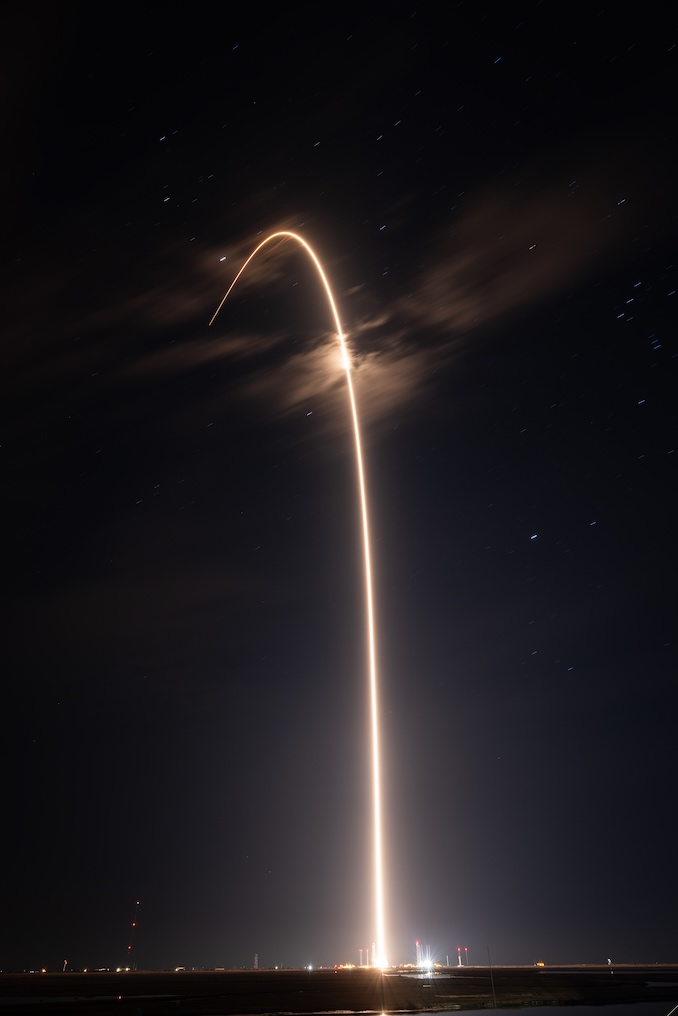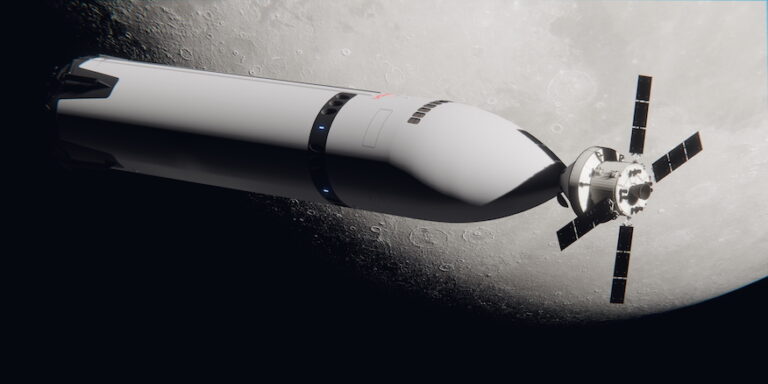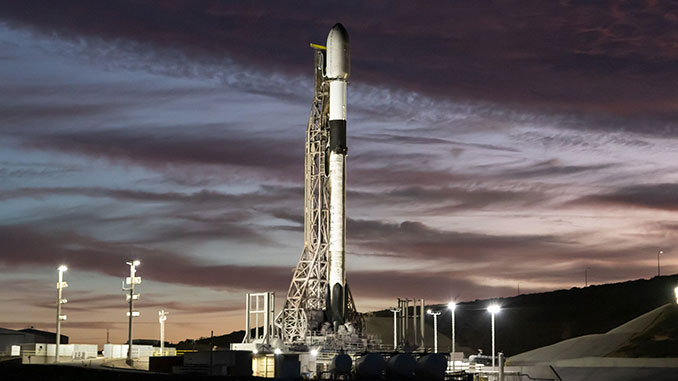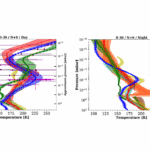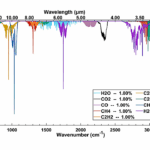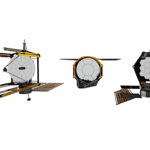Now Reading: U.S. Space Force launches expedited GPS mission using Falcon 9 rocket
-
01
U.S. Space Force launches expedited GPS mission using Falcon 9 rocket
U.S. Space Force launches expedited GPS mission using Falcon 9 rocket


The latest third-generation Global Positioning System (GPS) satellite launched to orbit from Cape Canaveral Space Force Station Monday night. Unlike previous GPS missions though, the launch aboard a SpaceX Falcon 9 rocket marked a first-of-its-kind mission for the U.S. Space Force.
The launch, previously known simply as “RRT-1,” actually stands for “Rapid Response Trailblazer.” Onboard was the GPS 3 Space Vehicle (SV) 07 (GPS 3 SV-07). Lockheed Martin, the satellite’s manufacturer, confirmed successful signal acquisition less than two hours after the launch at 7:52 p.m. EST (0052 UTC).
The spacecraft will continue to operation out of Lockheed Martin’s Denver Launch & Checkout Operations Center “until its official acceptance into the current operational GPS 31-satellite constellation,” the company said.
Originally, the spacecraft was scheduled to launch onboard a United Launch Alliance Vulcan rocket. The launch was one of five missions awarded to ULA as part of order year three for the National Security Space Launch (NSSL) Phase 2 contract.
However, the Space Force’s Assured Access to Space (AATS) is still working through data connected to the two certification flights of Vulcan and has not yet approved the rocket to begin flying NSSL missions.

In order to get the satellite and its capabilities on orbit in a more expedited fashion, multiple portions of the Space Force and Lockheed Martin, the satellite’s manufacturer, worked to pivot from one rocket to another in a comparatively short timeframe.
“This launch was a remarkable achievement that highlights the Space Force’s ability to execute high priority launches of major space systems on a significantly reduced timescale,” said Col. Jim Horne, senior materiel leader of Launch Execution for AATS. “As an added benefit, it also demonstrates flexibility to adjust our manifest to minimize the impact of Vulcan delays.
“In this case, revised planning for this RRT began at launch minus-five months instead of our normal launch minus-24 months. It not only demonstrates the teams’ ability to respond to emergent constellation needs but is a testament to our flexibility and responsiveness to deliver capability as rapidly as Space Vehicle readiness allows. In this case, it’s not just the warfighter, but also the nation and our allies around the world that rely on GPS on a daily basis.”

The shortened timeframe not only provided logistical challenges for the Space Force, but for Lockheed Martin as well. Part of the shift involved determining how the GPS 3 SV-07 would make it from Lockheed Martin’s facilities in Littleton, Colorado, out to Florida.
Normally, a spacecraft like this would travel by air, but because the typical military aircraft that would be used for such an operation were tied up in response operations related to Hurricane Milton, the satellite had to make a 2,337-mile trek by road. It arrived in Florida six days after departing Colorado, according to Lockheed Martin.
“We supported our customer’s vision for an accelerated launch of this GPS satellite, ultimately helping them achieve quick-turn operational readiness,” said Malik Musawwir, vice president of Navigation Systems at Lockheed Martin in a statement. “Time is of the essence for national security missions, and we quickly delivered this critical capability for the Space Force to support rapid demand for secure, advanced positioning, navigation, and timing signals.”

Additionally, the company said part of the pre-launch preparation work included equipping the spacecraft with a secure military code, referred to as an “M-code.”
“All GPS III space vehicles, including SV07, are equipped with M-code. M-Code is an advanced, new signal designed to improve anti-jamming and anti-spoofing, as well as increase secure access to military GPS signals for U.S. and allied armed forces,” Lockheed Martin said in a statement. “GPS III space vehicles provide up to eight times more anti-jamming power than GPS II space vehicles, and M-code has been in operational acceptance since 2020.”
The comparatively fast pivot from one launch provider to another is an example of what Space Force leaders emphasized during the recent Space Force Association’s Spacepower Conference as highly important for the government: rapid responsiveness in space.
In a post-launch statement, Col. Andrew Menschner, the Mission Delta 31 mission commander, noted that the pivot reduced what is normally a six-month processing window for a GPS 3 SV down to about three months.
“This was an amazing effort across multiple teams and agencies,” Menschner said. “This launch showed our ability to respond quickly to an operational need, such as an on-orbit vehicle failure of the GPS constellation, as well as demonstrating our willingness to challenge traditional timelines associated with launches in response to a realistic scenario.”
The block three GPS satellites have a predicted lifespan of about 15 years. This series of spacecraft are nicknamed after famous explorers and pioneers. SV-07 was named ‘Sally Ride,’ the first American woman in space.

Stay Informed With the Latest & Most Important News
Previous Post
Next Post
-
 01From Polymerization-Enabled Folding and Assembly to Chemical Evolution: Key Processes for Emergence of Functional Polymers in the Origin of Life
01From Polymerization-Enabled Folding and Assembly to Chemical Evolution: Key Processes for Emergence of Functional Polymers in the Origin of Life -
 02Panasonic Leica Summilux DG 15mm f/1.7 ASPH review
02Panasonic Leica Summilux DG 15mm f/1.7 ASPH review -
 03How New NASA, India Earth Satellite NISAR Will See Earth
03How New NASA, India Earth Satellite NISAR Will See Earth -
 04And Thus Begins A New Year For Life On Earth
04And Thus Begins A New Year For Life On Earth -
 05Astronomy Activation Ambassadors: A New Era
05Astronomy Activation Ambassadors: A New Era -
06SpaceX launch surge helps set new global launch record in 2024
-
 07Two Black Holes Observed Circling Each Other for the First Time
07Two Black Holes Observed Circling Each Other for the First Time












